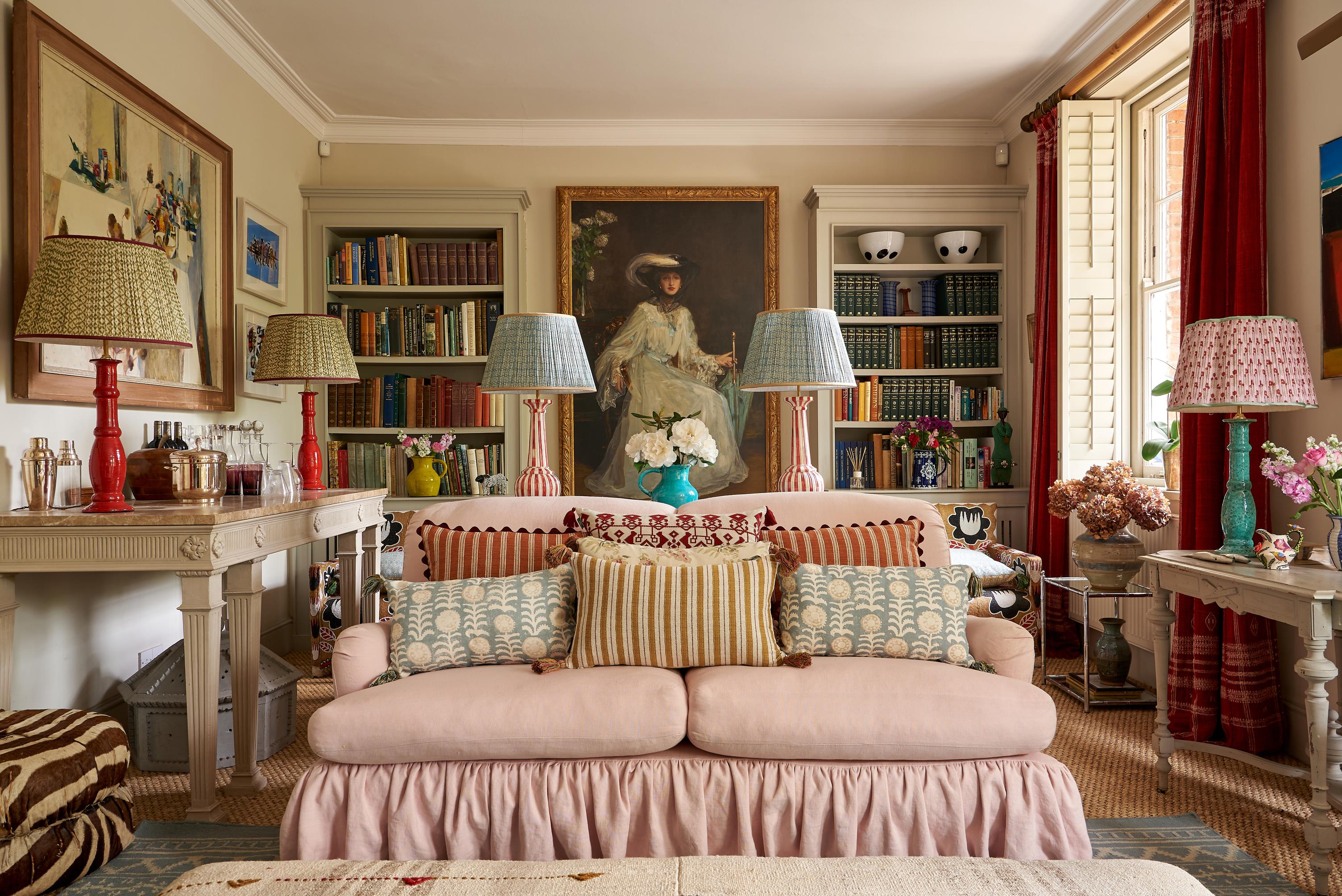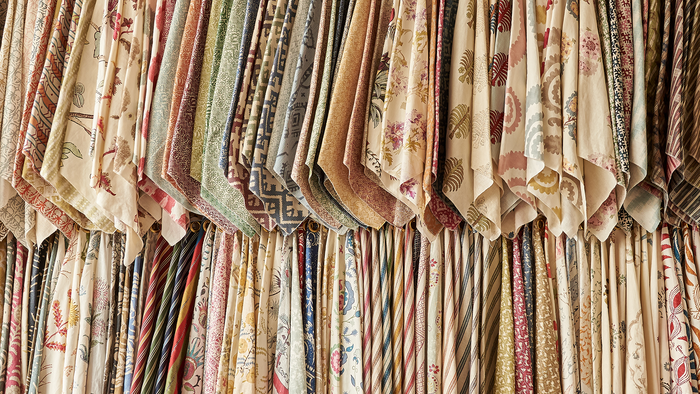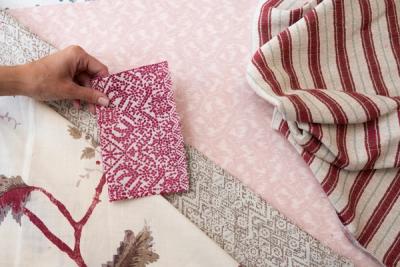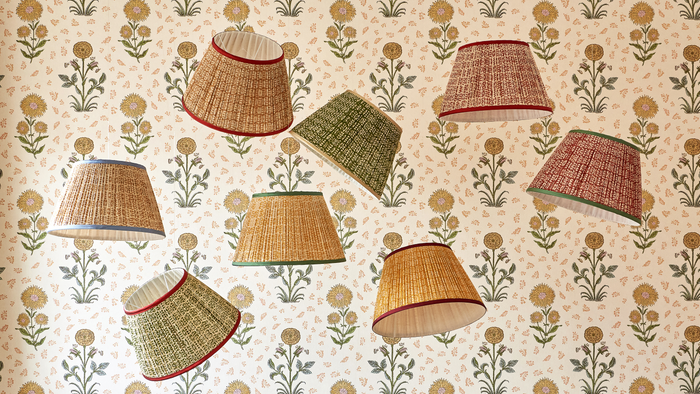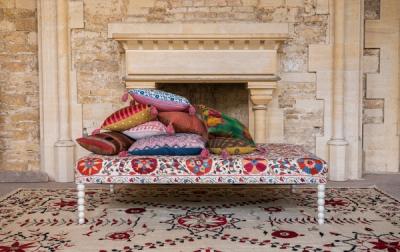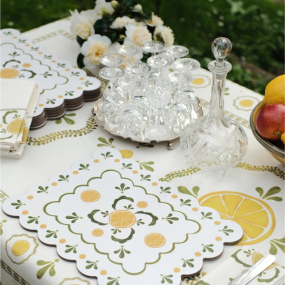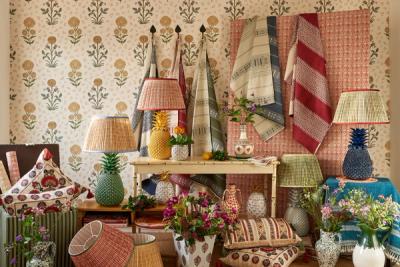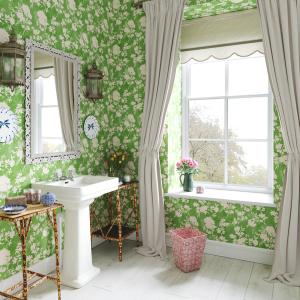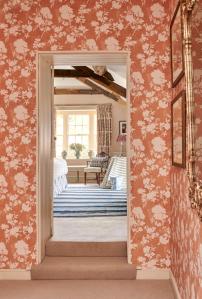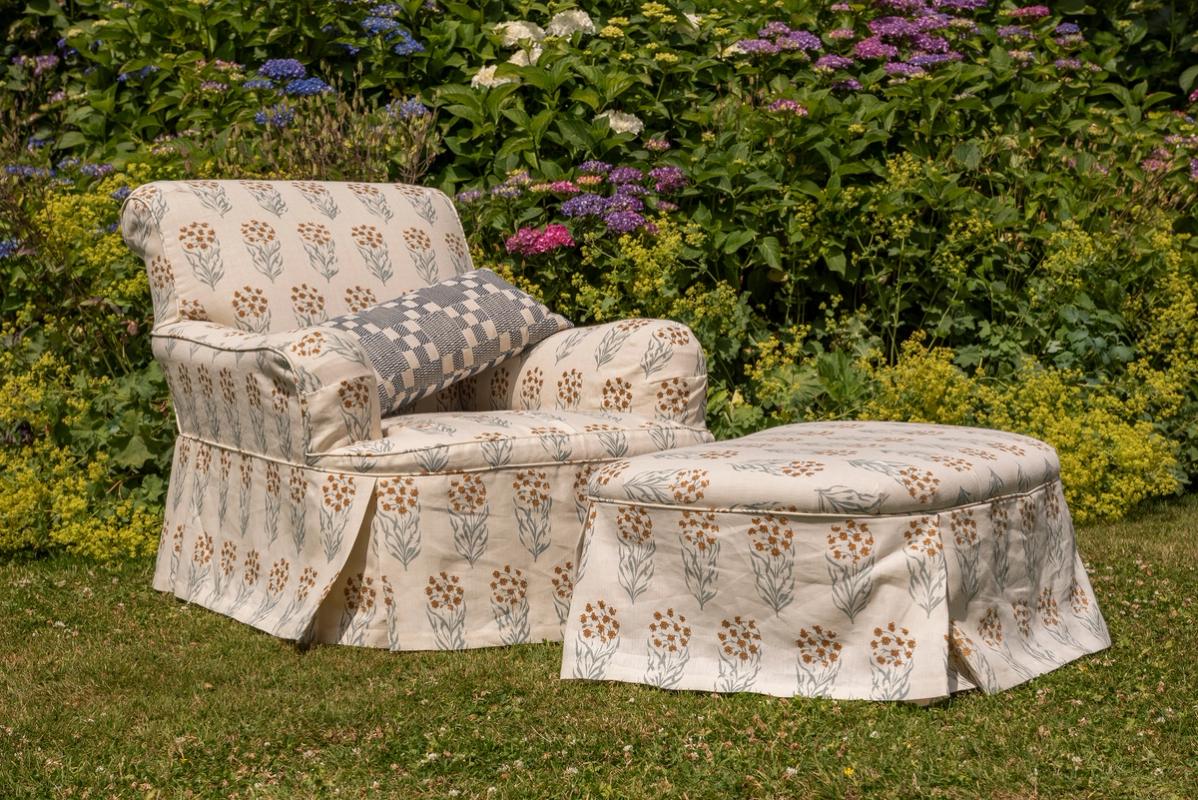
How to Choose Upholstery Fabrics
Reupholstering a piece of furniture or designing your own piece from the bare bones allows you the utmost control over the final result and, by extension, the room in which it will be placed. Pieces specifically designed for the spaces they will inhabit tend to have a little extra gravity about them, influencing the entire space (and, of course everything else in it).
On a more practical note, designing your own piece from scratch means that you are able to tailor it to your lifestyle, the room’s purpose and, by extension, the purpose of the piece. From a decorative chaise to the (soon to be) well-loved family sofa, guestroom bed to garden hideaway, the fabric needs to accommodate the person who chooses it, rather than the other way around.
For that reason, we have put together a complete guide to knowing what it is you want from your upholstery fabrics, and tailoring your choice to you, your lifestyle, and your home.
Consider the question of durability
We all want to choose a fabric that will last. Even pieces that see very little demand from anyone ought to be upholstered in a strong and durable fabric, or risk looking tired and worn in a matter of years. This is why 100% linens and strong cottons are among the most popular choices for upholstering; naturally strong, they promise longevity without necessarily feeling like a heavy-duty textile.
Our weaves, like the Chennai Weave in Sage (also blackberry and Corsican) are also even thicker and more durable than linen, without straying into the territory of being too hard, too scratchy, or too unyielding. This is the ideal choice for upholstery projects – and for creating pieces that are equipped to last, rather than slump after a couple of years use.
At Penny Morrison, each of our linens and blends are designed and chosen for their beauty and comfort, but also for their longevity. It’s what we believe our homes – and the world outside them – are worth.
Synthetic fabrics are cheaper outright, but, for the most part, their durability doesn’t match that of natural fibres. It’s always better to avoid that vicious cycle where you can, and to embrace quality and craftmanship, time and skill, over anything else.
Don’t judge your swatches in isolation
The first thing most people do when they’ve looked through our fabric collection and acquired a handful of swatches is line them up in a row – often against the carpet or wall that the final piece will be placed against – and compare them based on the obvious features: pattern, colour, and texture. If they’re reupholstering an existing piece then they will of course compare the swatches with the frame colour of the piece, or any other accents it intends to keep.
Remember the role lighting plays in the appearance of any fabric – and how, as light rolls through any room (from soft to bright, natural to lamplit) colour will be perceived differently. Also remember how any other pieces you intend on keeping will interact with the pattern – how it will come across in the height of summer vs the depths of winter, when the décor changes and the mood shifts for a few months.
Remember that the purpose of the swatch extends beyond working out which pattern you like the most, and ought to take into consideration the rest of the space, and the mini transformations it goes through each day, week, month, and year.
Nail down your colour story before committing
If the room in question is not undergoing a complete renovation alongside this upholstery project, then you needn’t worry too much about creating a colour story, since you’ll have judged your swatches based on their ability to accommodate the room’s existing paintwork, wallpaper, carpeting, and other décor.
If, however, your room represents much more of a blank slate – and the furniture to be upholstered represents a key piece for it – then it’s best to make sure you have a workable colour scheme planned before you press go on the project.
In all likelihood, you already have some idea about colours – a vague vision of warm tones, or primary accents, or neutrality. But, to give yourself the easiest time possible, it’s best to get that vision out ‘on paper’ – or at least out into the world – sooner rather than later.
Gather together your wallpaper and pain swatches, any decorative accents you’ve already chosen – even if they’re intended to be secondary to the piece itself. Statement prints still require ‘supporting acts’, and if you’re not convinced you can take a look at our guide to organising a room around a statement pattern.
More from Decoration
